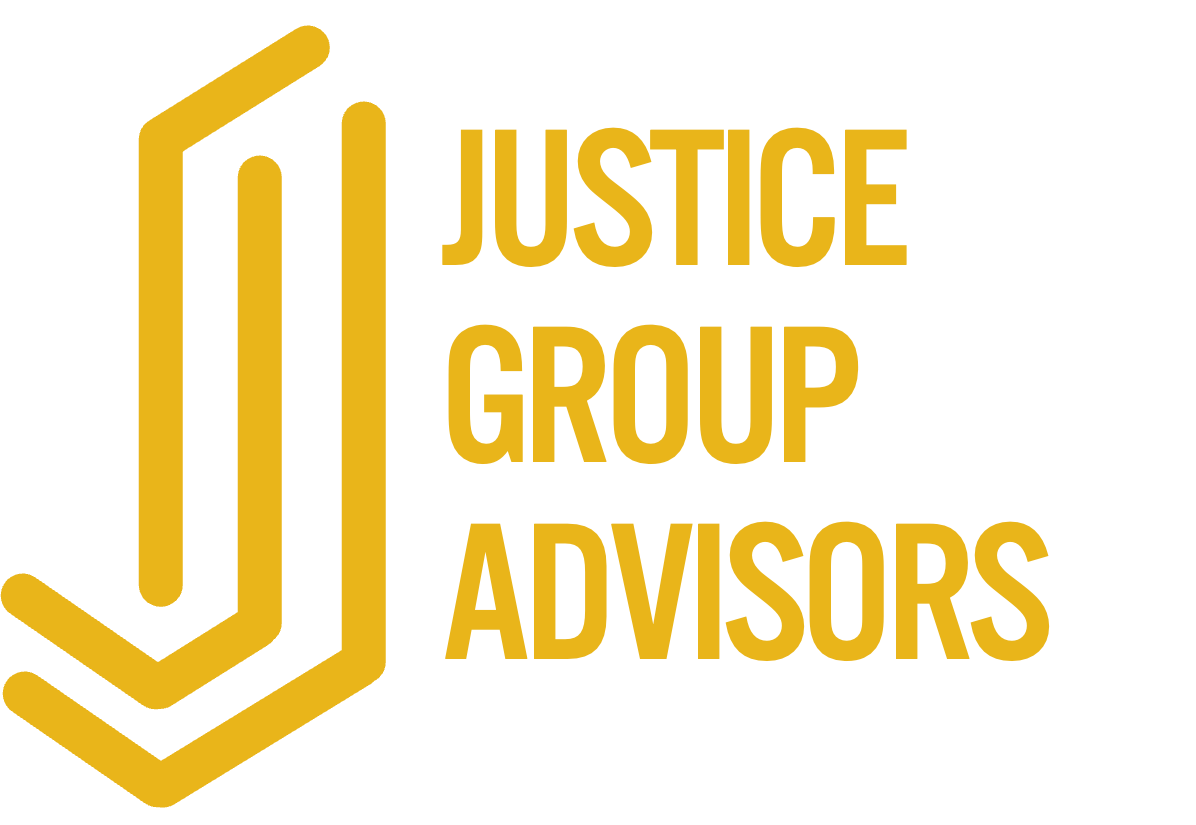The Leadership Training Trap: Why Most Programs Fail Before They Even Begin
This is part of an ongoing series on rethinking leadership development. If you missed Part 1, start here with why most training fails to create real change.
You wanted this one to work.
The leadership training program had a strong reputation. It came highly recommended, with polished materials, engaging facilitators, and a well-structured curriculum.
So you rolled it out, hopeful that this time would be different.
Managers attended. They participated. They left feeling inspired.
But now, months later…
The same leadership challenges still exist.
Performance conversations haven’t improved.
Decision-making is still inconsistent.
And you’re left wondering: If the training was so good, why didn’t anything actually change?
The Misconception: Equating Training with Development
HR leaders believe in leadership development. They know it’s critical.
But most HR teams fall into the same trap.
They assume better training leads to better leadership. But knowledge doesn’t change behavior—habit, reinforcement, and real-world practice do.
They focus on delivery, not application. A great workshop means nothing if managers don’t actively apply what they learn.
They expect external training to fix internal problems. Leadership isn’t a universal skill—it has to be developed in the context of the company’s culture, values, and challenges.
They prioritize engagement over reinforcement. A well-liked training session feels like a win. But if the learning isn’t sustained, it’s just a short-term boost with no real impact.
The problem isn’t the training itself.
The problem is that HR is relying on training when leadership development requires so much more.
The Big Mistake: Thinking Leadership Development Can Be Outsourced
Most leadership programs are designed to be universal, scalable, and applicable to any company—which means they’re often too generic to create real transformation.
They sound good in theory, but in practice?
They lack company context. Leadership isn’t a one-size-fits-all skill. It’s deeply tied to the company’s culture, challenges, and strategic goals—none of which are addressed in a pre-packaged program.
They rely on outside facilitators. A strong facilitator can inspire people in the moment. But what happens when the session ends? Without internal reinforcement, training fades fast.
They focus on concepts, not behaviors. Leadership isn’t about what managers know. It’s about how they act under pressure, how they make decisions, and how they influence their teams.
They create temporary engagement, not lasting change. Managers leave training feeling good. But without ongoing reinforcement, those leadership shifts rarely stick.
If you’ve ever watched a well-rated training program lead to zero meaningful behavior change, this is why.
What HR Needs to Do Differently
HR leaders don’t just run training programs—they run leadership development.
And leadership development isn’t about making training sessions more engaging. It’s about making sure managers are actually becoming stronger leaders.
If managers leave a program feeling good but their teams don’t notice a difference, then the training wasn’t effective.
Leadership development only works when:
It happens inside the business—not just inside a training room.
Managers are active participants in their own growth—not passive attendees.
New leadership habits are reinforced over time—not treated as a one-time event.
So the real challenge isn’t just finding better training.
Leadership development can’t be something managers sit through.
It has to be something they do.
👉 So if training doesn’t create lasting behavior change—what actually does? Check out Part 3: If Leadership Training Doesn’t Work, What Does?
✨ Want a done-for-you way to make this happen? Join the Leadership Lab
Want more practical takes like this?
✨ P.S. This is exactly the kind of challenge we’re tackling inside The Leadership Lab.
It’s a new space I’m creating for HR and L&D leaders who want to rethink how manager development actually happens—in real work, not just workshops.
👀 Curious? I’m pulling together a small founders group.
Drop me a note and I’ll share the details first.





Surveys offer snapshots, not clarity. This post explores what HR leaders miss when they rely on episodic feedback—and what real listening actually looks like.